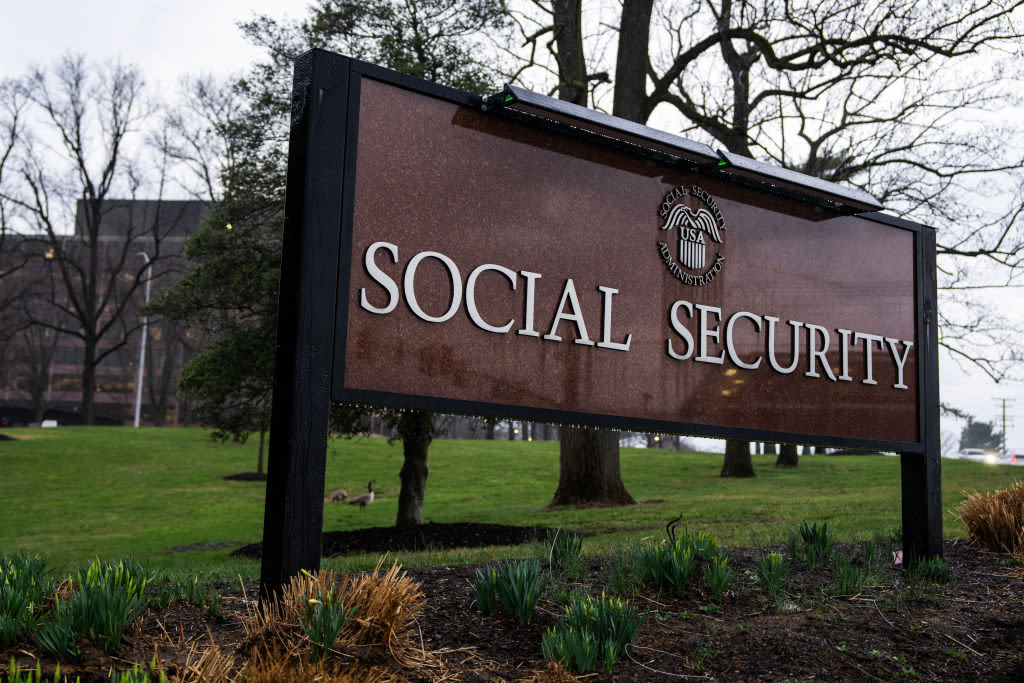TOKYO: The next big pain point for the yen – and a potential trigger for intervention from Japan – may emerge from a readout on the Federal Reserve’s favoured US inflation gauge tomorrow.
The currency has been in danger all week of sliding through the 160 level to the US dollar and on to its weak point for the year, ramping up pressure on Japan to act.
But traders regard any premature move to prop up the yen as highly risky, given that the personal consumption expenditures (PCE) data hold the key to the outlook for US interest rates, and in turn the yen.
While the currency has already fallen roughly 12% against the US dollar this year, and is in the broad range that saw intervention in April and May, officials in Tokyo have limited their response this week to verbal warnings.
“The Japanese authorities will wait at least for PCE on Friday to decide on intervention, even if the price breaks through 160 before that,” said Takafumi Onodera, head of sales and trading at Mitsubishi UFJ Trust & Banking Corp in New York.
A stronger-than-expected report could spur volatility and send the yen hurtling towards 163, spurring officials to make a ‘rate check’ or intervene tomorrow in New York like they did last time amid thin liquidity.
A lot is at stake for Japan, which spent a record 9.8 trillion yen in its most recent bouts of intervention.
The yen’s weakness is hurting Japanese consumers and causing growing unease among businesses.
Japan’s top currency official, Masato Kanda, warned on Monday that authorities were standing ready to intervene, 24 hours a day, if necessary, while reiterating they were not targeting a specific level.
“PCE is going to be key,” said Nick Twidale of ATFX Global Markets, who has traded Japan’s currency for a quarter of a century.
“They’d be pretty crazy to intervene before then. They’ll try to avoid anything before PCE and dollar-yen has been behaving itself.”
The vast gap between interest rates in Japan and the United States remains the fundamental reason for yen weakness and has kept the pressure on the currency despite interventions.
“The decision now depends on two variables – the speed of yen depreciation as well as the level – rather than one,” Citigroup Inc analysts led by Osamu Takashima wrote in a note.
That means “there are almost unlimited possibilities regarding when and at what level the Finance Ministry (MoF) will intervene.”
The MoF makes decisions on intervention and uses the Bank of Japan as its agent to buy and sell currencies.
Citi analysts expect Japan would step in and buy the yen if it were to rapidly approach 162 over a few days, with a move at a slower pace unlikely to spur an intervention.
Timing could also be key. A Friday afternoon at the tail-end of a New York trading day could prove to be a less liquid market and offer a bigger impact if Japan were to decide to act.
Intervening at illiquid times could get “more bang for their buck”, according to Michael Brown, a strategist at Pepperstone Group Ltd.
Audrey Childe-Freeman, chief G-10 foreign exchange strategist, said: “Timing is tricky to assess, of course, but it may only be a matter of time before a MoF/Bank of Japan intervention is seen.
“Until that happens, I would expect the market to push dollar-yen through 160.
Still, tomorrow’s data is expected to show signs that US inflation is continuing to cool, bolstering the case for the Federal Reserve to lower borrowing costs and ease some of the pressure on the yen. — Bloomberg

